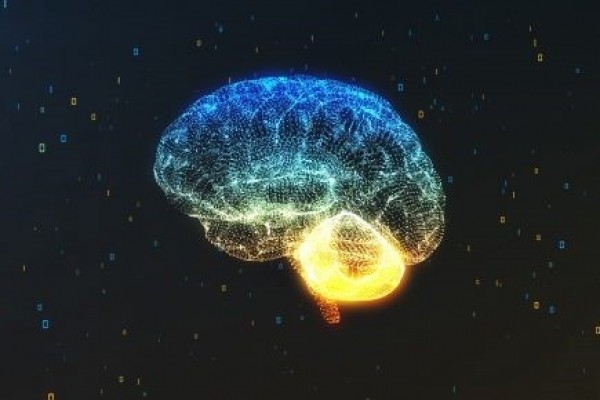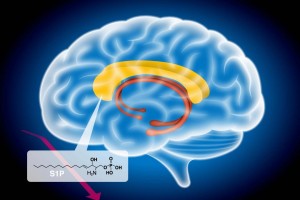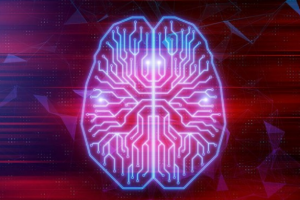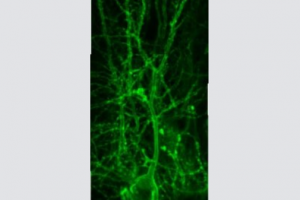Virtual avatar reveals what the brain likes to see
Opening the eyes immediately provides a visual perception of the world – and it seems so easy. But the process that starts with photons stimulating the retina and ends with ‘seeing’ is far from simple.
Opening the eyes immediately provides a visual perception of the world – and it seems so easy. But the process that starts with photons stimulating the retina and ends with ‘seeing’ is far from simple. The brain’s fundamental task in ‘seeing’ is to reconstruct relevant information about the world from the light that enters the eyes. Because this process is rather complex, nerve cells in the brain – neurons – also react to images in complex ways.
“Experimental approaches to characterize the responses of neurons to images have proven challenging in part because the number of possible images is endless. In the past, seminal insights often resulted from stimuli that neurons in the brain ‘liked.’ Finding them relied on the intuition of the scientists and a good portion of luck,” said senior author Dr. Andreas Tolias, professor and Brown Foundation Endowed Chair of Neuroscience at Baylor College of Medicine. “We want to understand how vision works. We approached this study by developing an artificial neural network that predicts the neural activity produced when an animal looks at images. If we can build a ‘virtual avatar’ of the visual system, we can perform essentially unlimited experiments on it. Then we can go back and test in real brains with a method we named ‘inception loops,’” said first author Dr. Edgar Y. Walker, former graduate student in the Tolias lab and now a postdoctoral scientist at University of Tübingen and Baylor.
Find more here





Related Posts